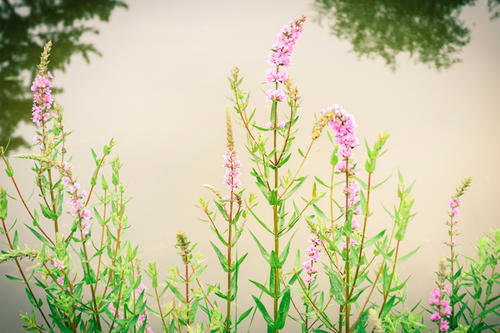
A new study led by College of Biological Sciences researcher Eric Seabloom provides unprecedented insight into differences in the way invasive (exotic) and native plant species operate.
Seabloom, Elizabeth Borer, and other colleagues at the University of Minnesota and around the world tested the responses of both native and exotic species to two fundamental conditions—the availability of nutrients like nitrogen and phosphorus, and the density of herbivores that are eating plants.
They found that where exotic species thrive on added nutrients (e.g., fertilizers), native species decline in both abundance and diversity.
"… We are basically giving preferential treatment to exotics by increasing nutrients through our use of fossil fuels and agricultural fertilizers,” says Seabloom.
However, if herbivores are added to the mix, it tips the balance back toward light-hungry native species. Grazing animals effectively cut back on shade creating plants and create more favorable conditions for native species to thrive.
"The key thing about this study is we collected data in a very standard way from a lot of sites around the world," says Seabloom. "There are a lot of species involved. We wanted to understand not only which species were present, but their abundance and their response to human disturbance."
- Categories:
- Science and Technology





